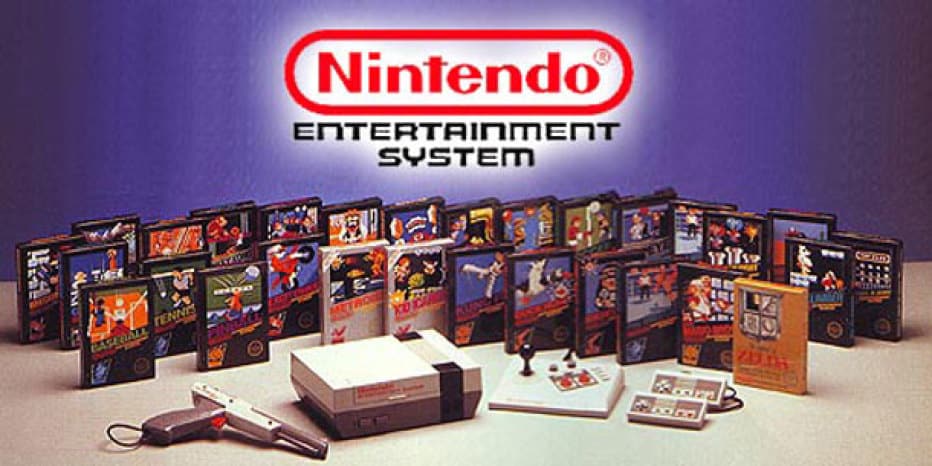Like virtually every other medium, there are certain banner years in the history of video games that stand out more than others. Whether through the sheer amount of quality releases in the calendar, the launch of new hardware, or interesting moves within the industry that shape it for years to come, some years earn their place as footnotes in the larger history of the medium of video games, becoming somewhat legendary in the process. Looking back on 2023, it’s hard to argue against it being one of the most important years the industry has seen in quite some time. However, perhaps no year in gaming and slate of releases is as important as the so-called “Class of 1986”.
Much like 2023 or 1998 before it, 1986 is arguably one of the most important and impactful years in the history of video games. Just a few short years before, the video game industry came to a crashing halt in the West, all but cementing the fledgling entertainment as nothing more than a fad. On the other side of the world, though, Japan was in the midst of a full-blown video game craze thanks to a slew of home computers and the soon-to-be legendary developers cutting their teeth on titles for them. Building off the strength of its Game & Watch handhelds, Nintendo makes the decision to enter the home computer market with the Famicom in 1983 — the very same year the industry crashed in North America.
As it turns out, the launch of the Famicom Disk System in 1986 and the release of the Famicom in localized regions, the Nintendo Entertainment System, would jump start what is still perhaps the most important year in the entire history of the medium.
The NES Revitalizes the Video Game Industry in the West
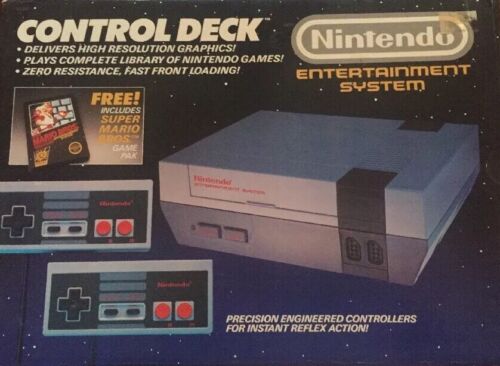
Retailers in the West were understandably hesitant to take on too many units of a new video game console following the video game industry crash of 1983, so when Nintendo made the decision to bring the Famicom to the West, they did so strategically. Beginning in small test markets, Nintendo introduced the NES to North America in 1985 along with the release of Super Mario Bros., and quickly word got around about the NES and its killer app. By 1986, the NES was quickly becoming the most in-demand toy of the holiday season, and sales of Super Mario Bros. sent the signal loud and clear that Nintendo was onto something.
Throughout 1986, Nintendo would make several moves to ensure the success of its console and continue its success in the West. One of the most important is requiring developers to submit software so that it can receive the official Nintendo Seal of Quality, limiting the amount of vapor or shovelware on its system and avoiding many of the pitfalls that the Atari consoles faced due to their lack of regulation or quality control. Another smart move on Nintendo’s part requiring developers to differentiate the console versions of arcade ports in some way, making the experience unique on the Famicom/NES as opposed to how it was presented in the arcade.
As a result of these two decisions, the early years of the NES are essentially a “who’s who” of some of the most legendary and important titles in gaming, seeing the birth of several franchises that still exist today and stand as some of the most successful series in the medium. And the first of these is a game that would have only ever been possible on consoles.
The Legend of Zelda (February 21)
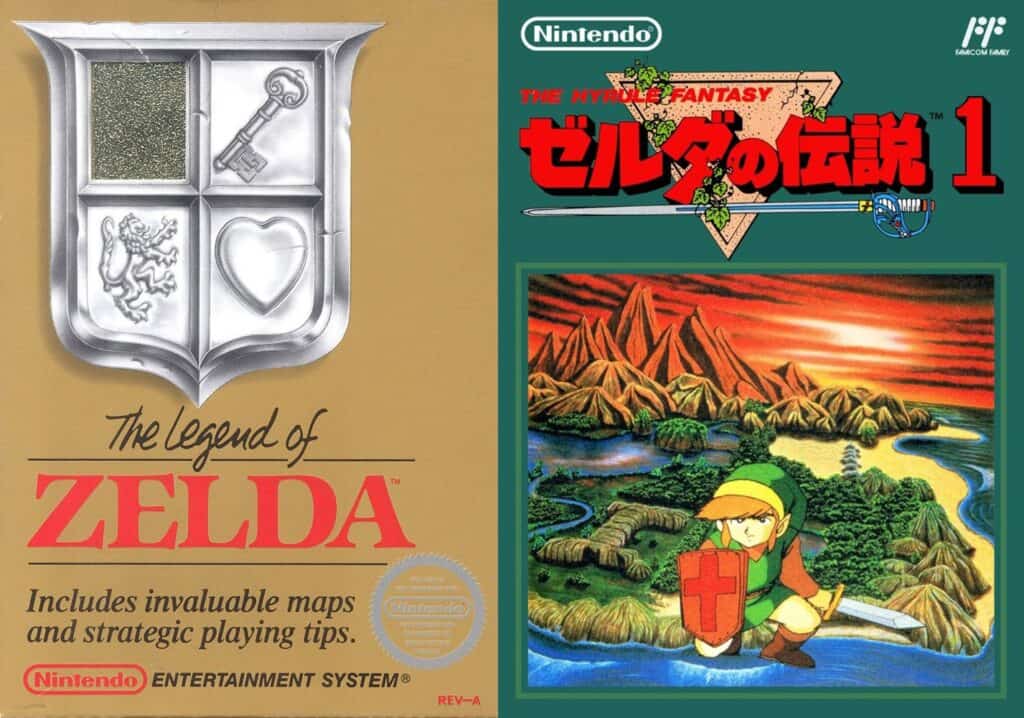
Shigeru Miyamoto’s success with Donkey Kong (as well as support from higher-ups in the company like Gunpei Yokoi) helped him to be able to pursue other projects. The first of these was, of course, Super Mario Bros., and its success then gave way to Miyamoto being able to attempt his most ambitious project yet. As a flagship first-party title for the new Famicom Disk System peripheral, The Legend of Zelda was a game unlike anything else available on home computers. Its inspirations are certainly of the era when looking at some of the other popular home computer titles in Japan, but in an era where most Famicom or NES titles were ports of arcade games and could reasonably be completed in one sitting, The Legend of Zelda completely stands out.
The success of The Legend of Zelda in Japan started slow but then eventually picked up plenty of steam, due in large part to the word of mouth springing up around the game and the communities of players working together to decipher its secrets in a pre-Internet age. Thanks to a brand-new piece of technology, an expansive memory chip that can be powered by a lithium-ion battery, the developers at Nintendo also begin the job of porting the game to the West in 1986, with it eventually releasing on the NES in 1987. The Legend of Zelda is one of the best-selling and most-loved gaming franchises of all-time, and the orginal game is the first landmark release of 1986.
Dragon Quest (May 27)
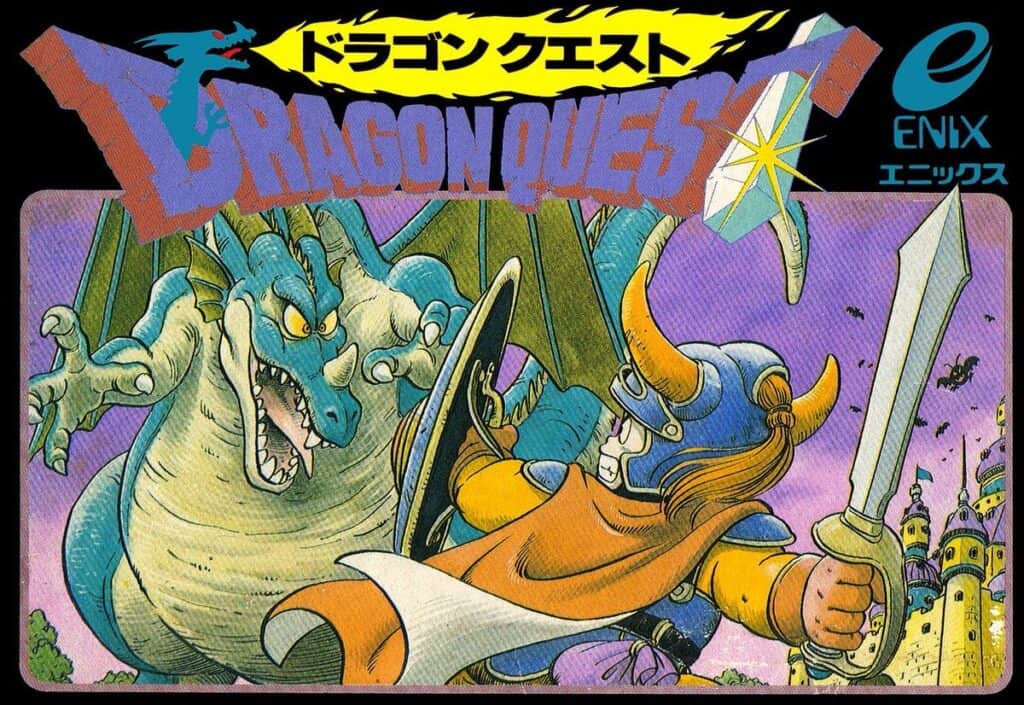
Just a few short months after the release of The Legend of Zelda, developer Yuji Horii (along with co-creator Koichi Nakamura) released the first entry in the long-running Dragon Quest series. Though Final Fantasy is a more recognizable name in RPGs in the West, Dragon Quest continues to be something of a cultural phenomenon in its native Japan, with many of its entries critically outperforming games in the Final Fantasy series despite their sales being comparable. The first Dragon Quest is noteworthy for being what many consider the first JRPG, establishing the mechanics and elements that would become synonymous with role-playing games from Japanese developers.
Taking heavy inspiration and featuring artwork from the immensely popular Akira Toriyama (of Dragon Ball fame), Dragon Quest proved to be one of Enix’s most successful games and also help to establish the template that a young Hironobu Sakaguchi would follow as he embarked on developing his own RPG for Square — Final Fantasy. Today, the gameplay of Dragon Quest might seem overly simplistic and primitive in comparison to most turn-based RPGs, but at the time it was an example of the kind of grand adventures that were both impossible in the arcades and becoming possible in interactive media, as opposed to pen-and-paper or tabletop role-playing campaigns.
Metroid (August 6)
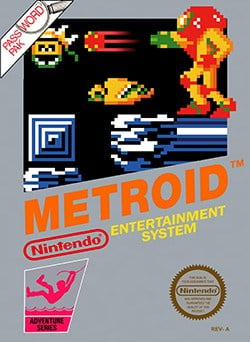
Much like The Legend of Zelda before it, Metroid was yet another long-running and important Nintendo franchise to see its debut game arrive on the Famicom Disk System in 1986. Featuring production from Nintendo’s head of R&D1, Gunpei Yokoi, Metroid is the debut game of Makoto Kano, who would also go on to speahead the creation of another landmark release in the Class of 1986. Metroid positioned itself as an atypical action game, somewhat of a cross between the long-form action-adventure of The Legend of Zelda and the run-and-gun action-heavy gameplay of popular arcade cabinets at the time. Thanks to the game’s setting and expansive map, the need to backtrack and collect items for further progression became the game’s defining features, helping it to birth the Metroidvania genre of action-platformers in the process.
Also like The Legend of Zelda, Western players would not see Metroid arrive in the West until 1987, and only then thanks to the lithium-ion memory chip in the NES cartridge allowing the game to run on the console. Metroid continues to be one of the more definitive franchises in Nintendo’s catalog that doesn’t fall into the Super Mario or Zelda series, seeing its most successful game to-date arrive just two short years ago in the phenomenal Metroid Dread. Aside from the games within its own series, though, the creation of the “Metroidvania” genre is perhaps Metroid‘s greatest contribution to the industry, seeing its influence continue to persist decades after its initial release.
Castlevania (September 26)
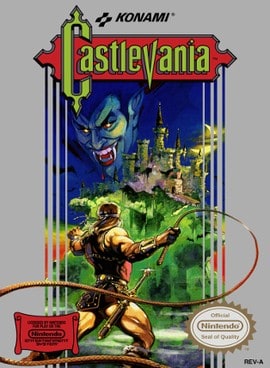
Taking inspiration from classic horror films as well as several of the popular arcade coin-ops of the time, Castlevania would end up spawning its own massive franchise and multimedia empire thanks to it being one of the first “horror” games to ever exist. Director Hitoshi Akamatsu has noted in previous interviews that the team’s intention was for players to feel as if they were controlling a horror film, and as a result the game uses the classic Universal Studios monsters as the rogues gallery for protagonist Simon Belmont to face off against. Giant bats, mummies, Frankenstein’s monster, and of course Count Dracula all make an appearance in the game as the supernatural entities Belmont must best to conquer the titular castle.
One of the most significant contributions of Castlevania to the action-adventure genre is its more deliberate pace and length, showing that action-adventure games utilizing a side-scrolling perspective could implement a password system to be much longer than their arcade counter parts. Additionally, the weight to the main character’s movements and the challenge that results from it make Castlevania a wholly unique action-platformer in a sea of games from the same genre on the Famicom and NES. Thanks to its unique properties and its staying power as an appealing idea for a game, the Castlevania franchise remains popular today and is even the other half of the “Metroidvania” portmanteau along with 1986’s Metroid.
Kid Icarus (December 19)
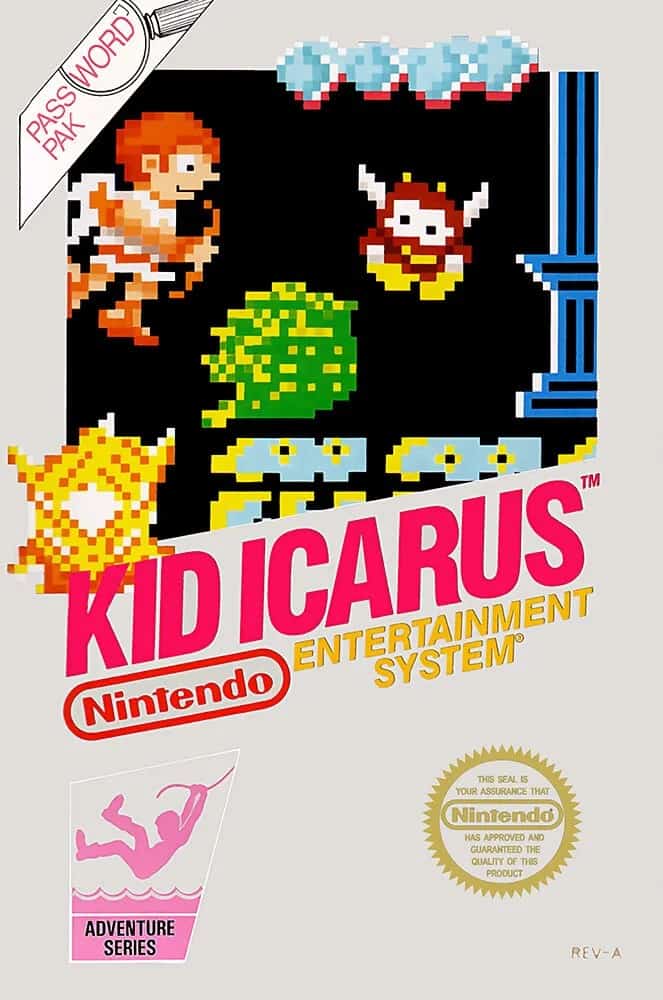
The second of two games coming from the mind of Makoto Kano, Kid Icarus is one of the more cult-classic Nintendo franchises, never reaching the same heights of popularity as Super Mario Bros or even Metroid. Still, Kid Icarus is noteworthy for being one of the only games on the Famicom/NES to be inspired by Greek mythology (along with Tecmo’s Rygar) and certainly the only first-party Nintendo game to feature those inspirations. Along with both The Legend of Zelda and Metroid, Kid Icarus benefits from the Famicom Disk System, meaning that Western audiences would not see the game arrive stateside until 1987 thanks to the time spent porting the game to the traditional ROM cartridge as a result of the new lithium-ion memory chip.
One of the first platformers with role-playing elements, Kid Icarus is absolutely a product of its time and yet another example of a game releasing in 1986 that would have never been possible on arcade cabinets. It features only three stages but each stage is divided into levels, and the average completion time of a playthrough is much longer than most other side-scrolling platformers of the time, taking upwards of 8 hours for most players. A novel password system enables players to pick back up where they left off, and the game is notorious for featuring a password (much like Metroid) that allows players to start right at the game’s conclusion with all abilities in tow.
Other Notable Hardware and Software Releases
Although the games listed here are the standouts and exist as the landmark releases of one of the most important years in gaming, there are several other noteworthy additions that make 1986 a year that helped to shape the gaming industry. Other landmark releases of 1986 include:
- Ikari Warriors (Arcade)
- Wonder Boy (Arcade, Master System)
- Arkanoid (Arcade)
- Bubble Bobble (Arcade, Famicom/NES)
- Out Run (Arcade)
How 1986 Shaped the Medium of Video Games
Perhaps the most important contribution of the games that mark 1986 as a banner year in the industry is their ability to illustrate just how far the medium had come from simple arcade experiences. The birth of the video game industry came as a result of quick-fix, coin-hungry arcade cabinets that showed people were interested in interactive media, resulting in a quick boom & bust cycle of the industry in just a few short years. As the medium of video games started its long crawl back to prominence (and eventual dominance in terms of entertainment media), the Class of 1986 is an important watershed moment showing how video games could be a unique way to provide players the opportunity to tell their own stories.
The idea of a game that players start, stop, and then come back to was something completely foreign at the time of these titles’ releasing, and 1986 exists as the year that informs game design to this day in terms of providing meaningful experiences to players in interactive media. Adventure games, Metroidvanias, RPGs; all of these popular genres see their true genesis as part of the enhancements available thanks to the Famicom and NES. Without Nintendo’s success in the West courtesy of the NES, who knows whether video games would have become as ubiquitous as they are today.
And, of course, at the same time that the medium and the experiences it offers were themselves maturing, so too was the technology making it all possible. Much like how computers are a direct result of the advancements in science and technology coming from World War II, the progression of interactive media comes at a time when digital formats were advancing at an exponential rate, making the stuff of developers’ dreams a possibility.
